

This guide helps you navigate the world of metric ready rod manufacturers, providing insights into choosing the best supplier for your needs. We'll cover critical factors to consider, including material specifications, manufacturing processes, quality control, and supplier selection. Whether you need rods for industrial applications, research projects, or specialized equipment, this comprehensive resource will empower you to make informed decisions.
The term metric ready rod refers to a rod manufactured to precise metric dimensions. This contrasts with rods using imperial measurements (inches). Accuracy in metric dimensions is crucial for applications where precise tolerances are essential. Inconsistencies can lead to malfunctions or failures. This precision is particularly vital in industries like aerospace, automotive, and medical devices. When selecting a metric ready rod manufacturer, it's essential to verify their adherence to international standards such as ISO.
Metric ready rods are available in various materials, each suited to different applications. Common materials include stainless steel (known for its corrosion resistance), aluminum (for its lightweight properties), and brass (for its machinability and durability). The choice of material depends heavily on the specific application. For example, stainless steel rods are often preferred in harsh environments, while aluminum might be chosen for aerospace applications where weight reduction is a priority. The selection of a suitable material is a key step when working with a metric ready rod manufacturer.
Verify the metric ready rod manufacturer's commitment to quality. Look for certifications (e.g., ISO 9001) demonstrating their adherence to quality management systems. Request detailed material specifications and test reports. These should clearly outline the chemical composition, mechanical properties (tensile strength, yield strength, etc.), and surface finish of the rods. Understanding these aspects is vital for ensuring compatibility with your application. A reliable metric ready rod manufacturer will readily provide this information.
Different manufacturing processes yield varying levels of precision and surface finish. Common methods include cold drawing, hot rolling, and machining. Inquire about the metric ready rod manufacturer's production processes. Understanding their capabilities ensures they can meet your specific requirements for tolerance, surface finish, and straightness. Advanced manufacturers may utilize CNC machining for ultra-precise dimensions.
Selecting a reliable supplier is crucial. Consider the following criteria:
| Criterion | Considerations |
|---|---|
| Quality Certifications | ISO 9001, other relevant certifications |
| Manufacturing Capabilities | Precision, tolerances, materials, processes |
| Lead Times and Delivery | Reliability, speed, flexibility |
| Pricing and Payment Terms | Competitive pricing, clear payment options |
| Customer Support and Communication | Responsiveness, clarity, problem-solving |
Thorough research is key. Online directories, industry publications, and trade shows can be valuable resources for identifying potential suppliers. Request samples and quotes from multiple manufacturers to compare their offerings and capabilities. Don't hesitate to ask questions about their quality control processes, material specifications, and manufacturing technologies. Remember to always verify their adherence to the required metric standards. For a reliable and experienced option, consider exploring options like Hebei Muyi Import & Export Trading Co., Ltd. They specialize in providing high-quality metal products.
By carefully considering these factors and conducting thorough due diligence, you can confidently select a metric ready rod manufacturer that meets your exact requirements and ensures the success of your project.
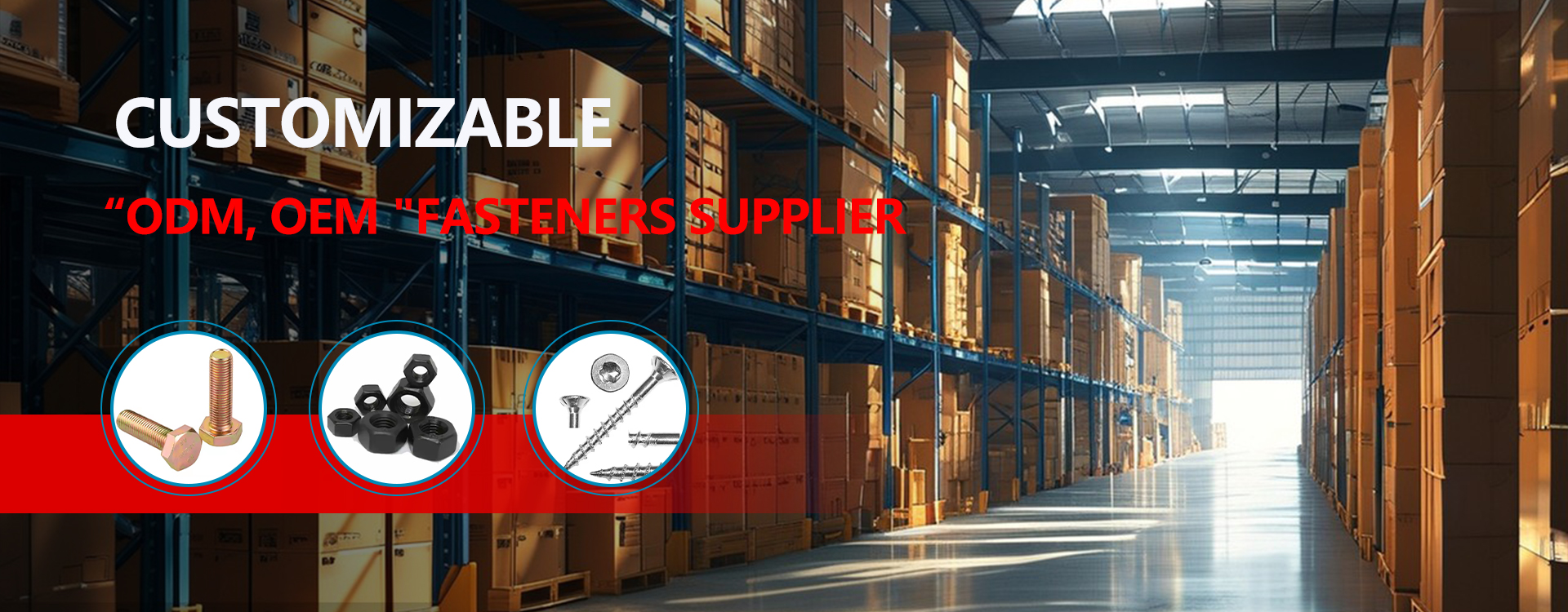
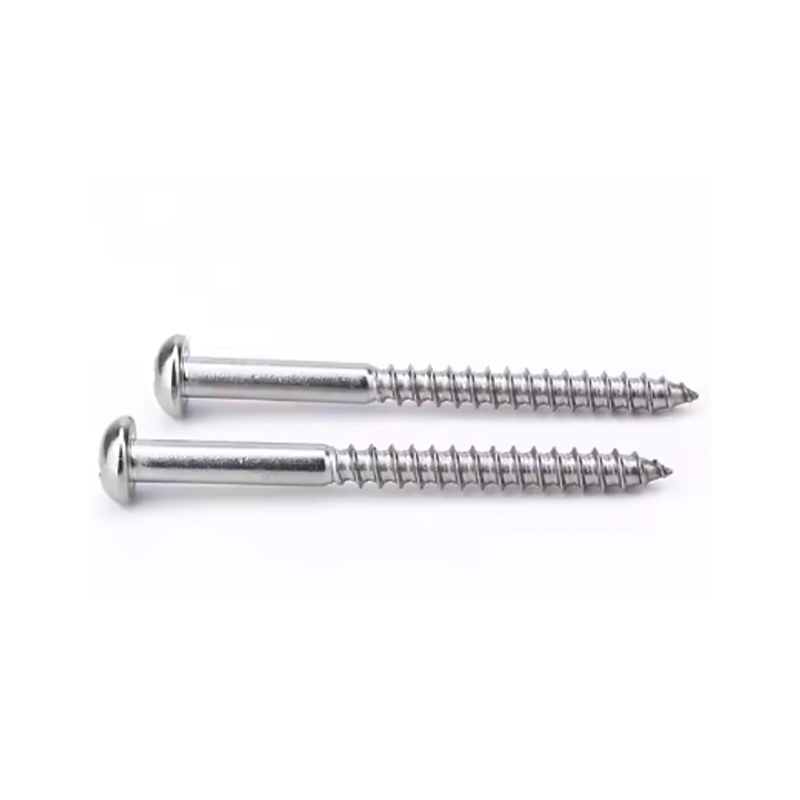
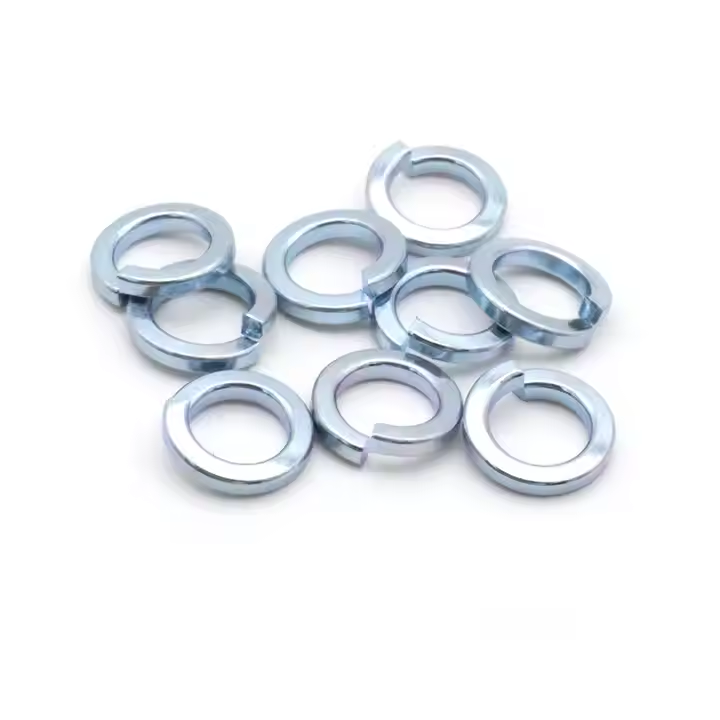

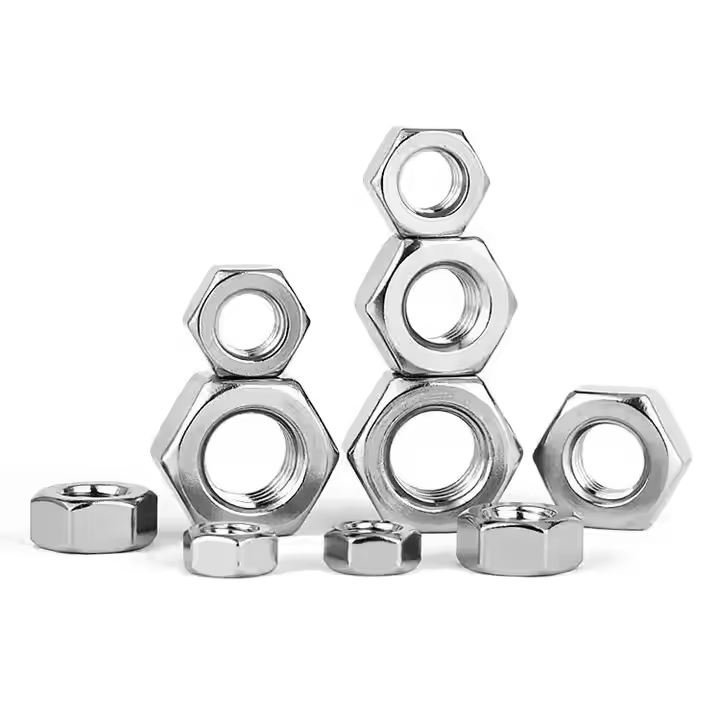
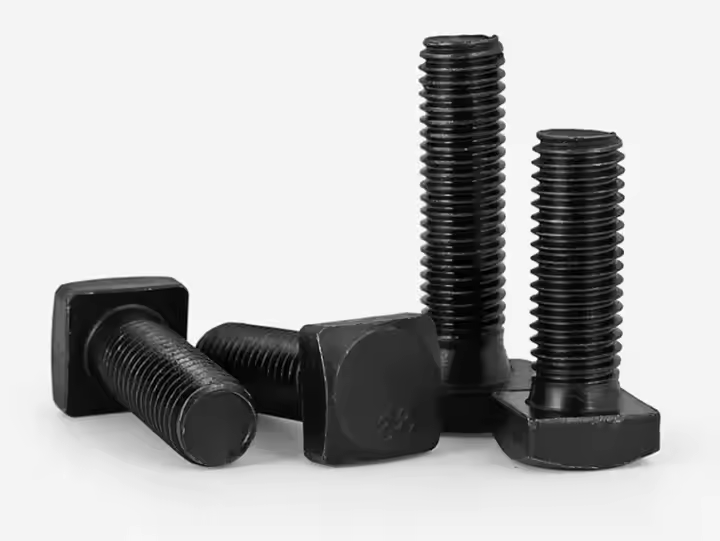
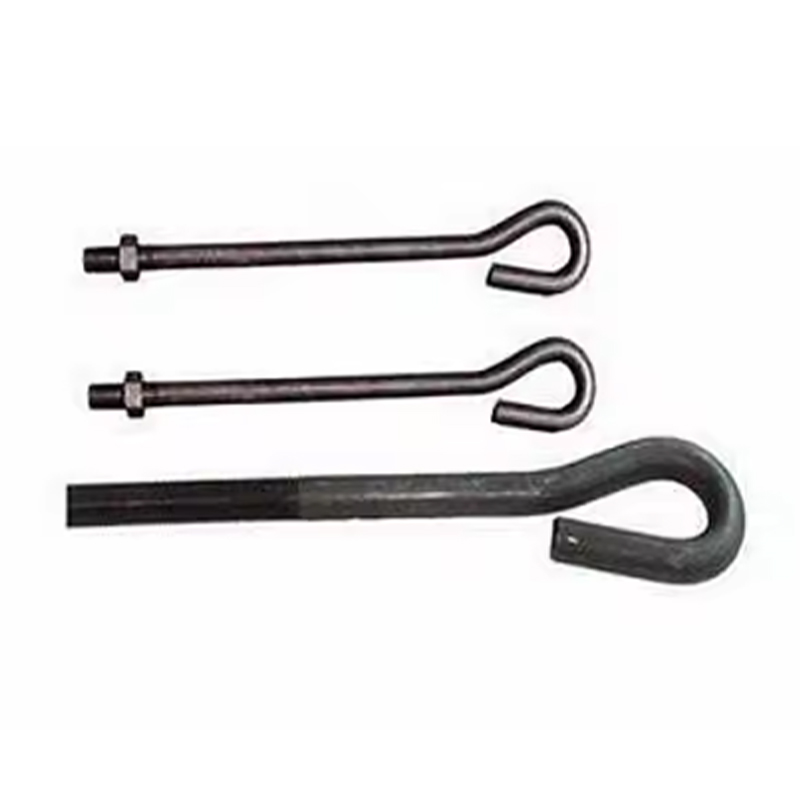
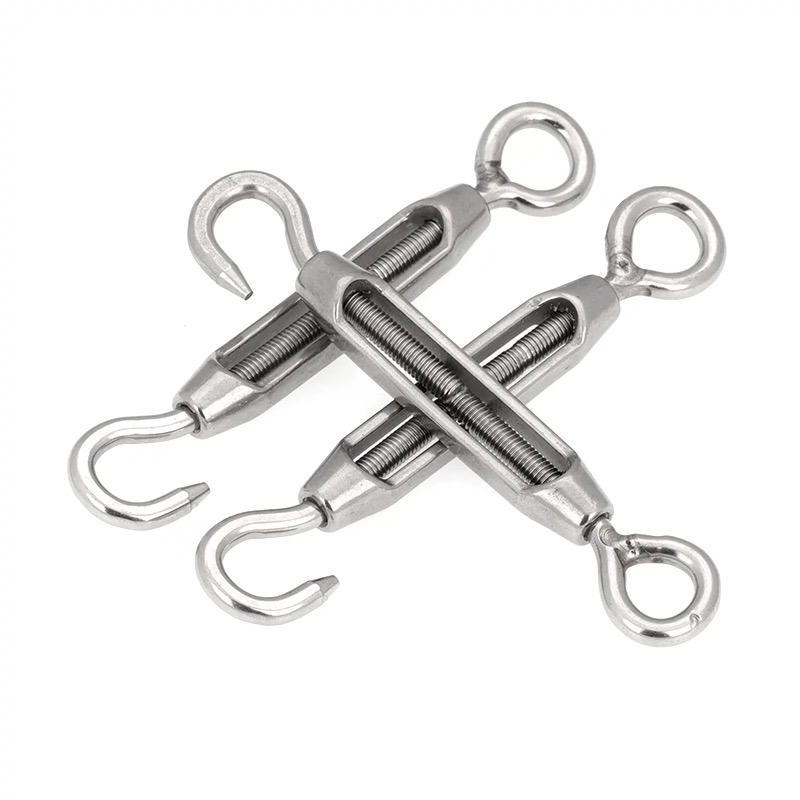
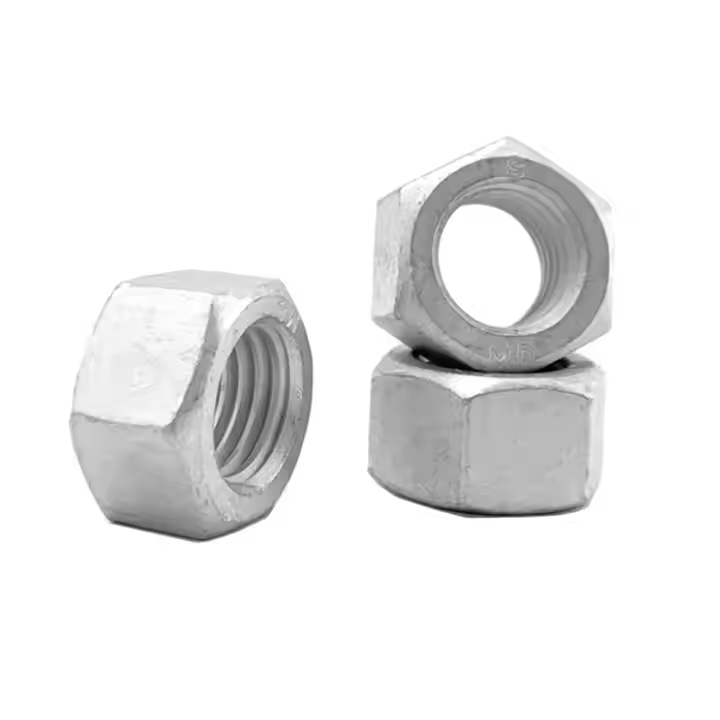
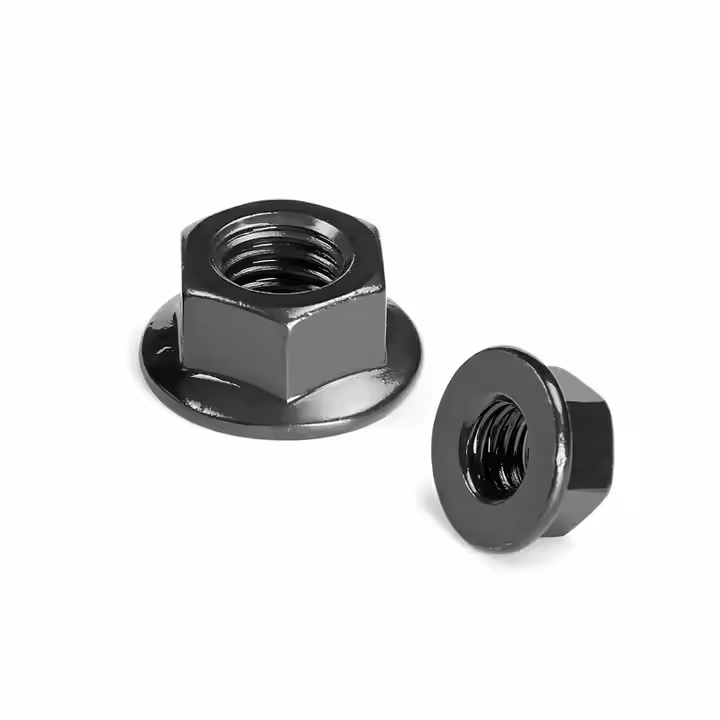
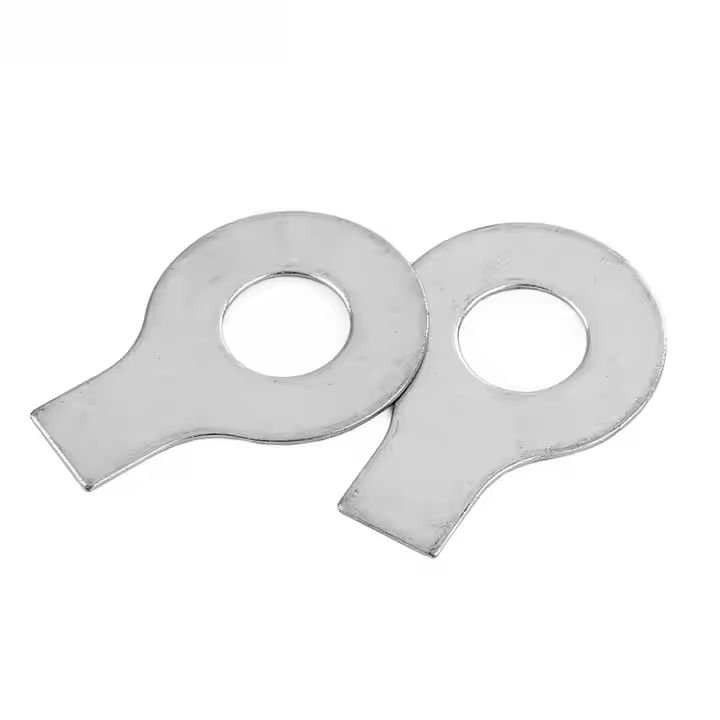

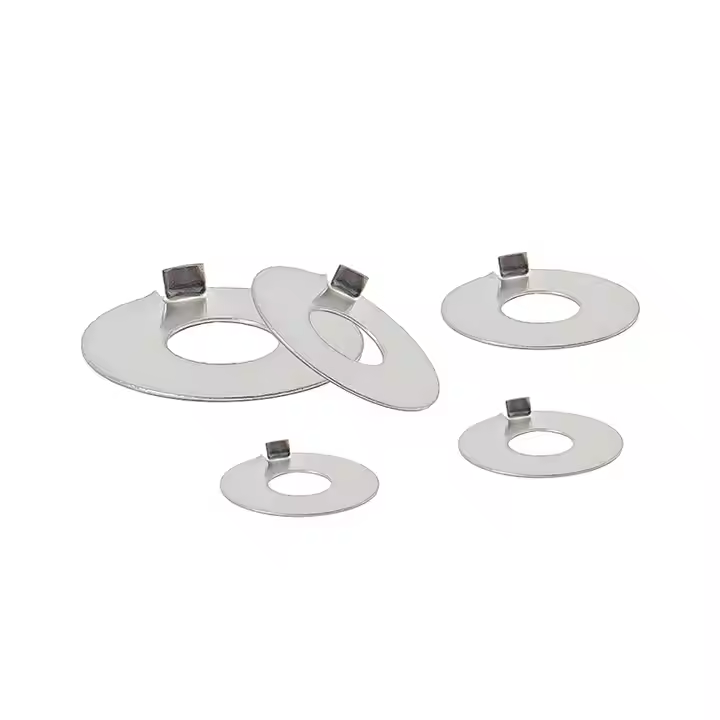
Please enter your email address and we will reply to your email.